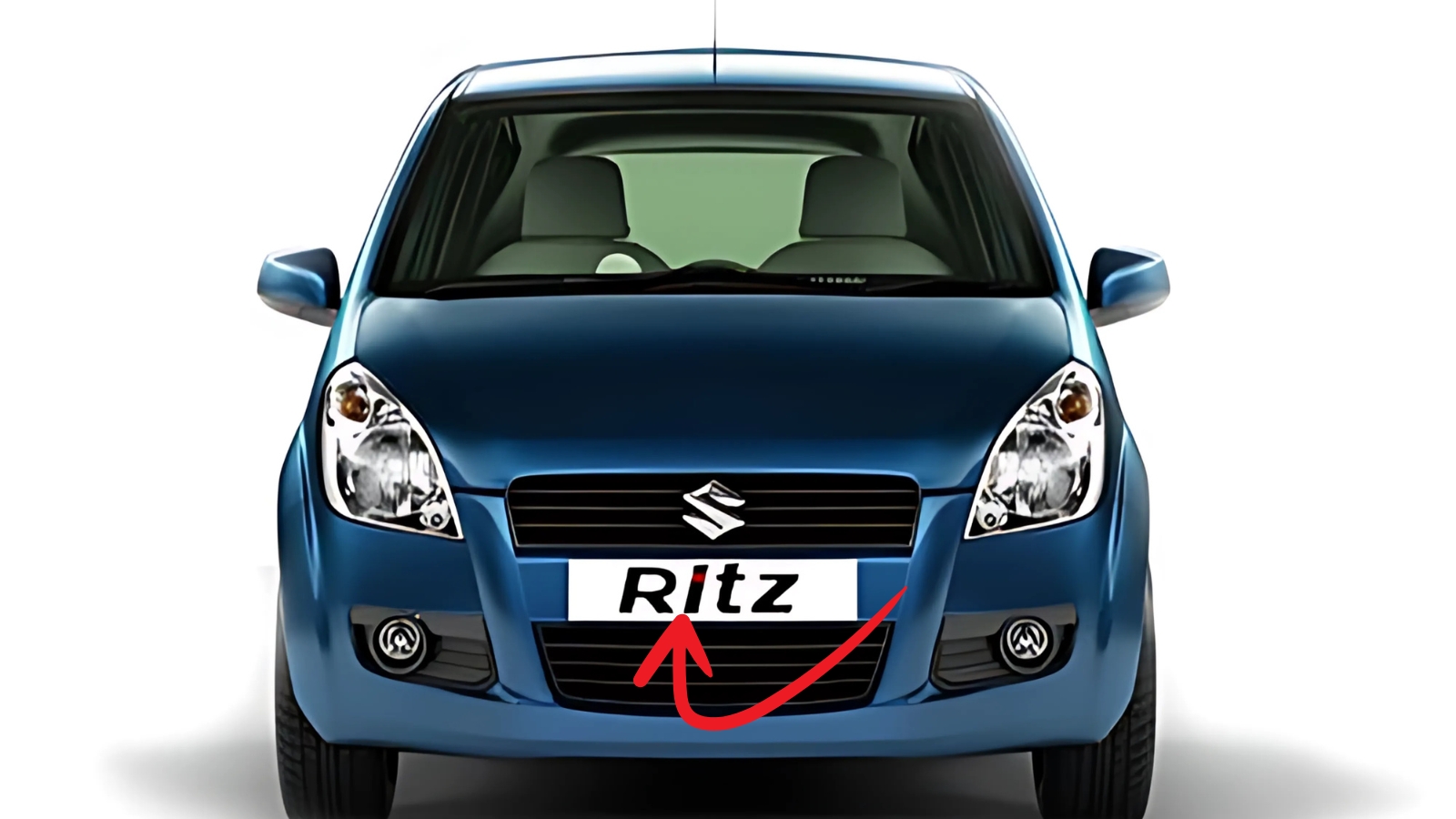Maruti Suzuki Ritz : When Maruti Suzuki introduced the Ritz to Indian roads, it marked a significant departure from the company’s traditional design philosophy. This compact hatchback brought European styling sensibilities to the Indian market, creating a vehicle that stood out in crowded parking lots and narrow city streets alike. The Ritz represented Maruti’s ambitious attempt to capture younger buyers seeking something different from conventional Indian hatchbacks.
Design Language and Visual Appeal
The Ritz immediately caught attention with its distinctive tall-boy design, featuring a higher roofline that maximized interior space while maintaining a compact footprint. The front fascia showcased a bold grille design that gave the car a confident road presence, while the swept-back headlamps added a touch of sportiness to the overall aesthetic.
Side profile revealed the car’s European DNA most clearly, with a pronounced shoulder line running from front to rear, creating visual interest and breaking up what could have been monotonous flat surfaces. The rear design incorporated wraparound taillamps that enhanced the car’s width perception, making it appear more substantial than its actual dimensions suggested.
The wheel arches were well-integrated into the overall design, and even the base variants maintained visual appeal through thoughtful proportioning and attention to detail in areas like door handles and exterior trim pieces.
Interior Space and Cabin Experience
Despite its compact external dimensions, the Ritz surprised occupants with its spacious interior accommodations. The tall-boy design philosophy translated directly into generous headroom for both front and rear passengers, making the cabin feel airier than many competitors in the same segment.
Front seats provided adequate support for daily commuting, though longer journeys occasionally revealed limitations in lumbar support and cushioning density. The driving position felt natural and commanding, with good visibility in most directions thanks to the upright seating position and well-positioned pillars.
Rear passenger comfort exceeded expectations for a car in this category, with decent legroom and the aforementioned excellent headroom. The rear bench could accommodate three passengers in a pinch, though two adults traveled more comfortably with adequate shoulder room and individual comfort.
Storage solutions throughout the cabin proved practical and well-thought-out, with door pockets, cup holders, and small item storage areas positioned logically for everyday use.

Engine Performance and Driving Dynamics
The Ritz offered buyers a choice between petrol and diesel powertrains, both designed to prioritize fuel efficiency while providing adequate performance for urban and highway driving. The petrol engine delivered smooth power delivery with a refined character that suited the car’s upmarket aspirations.
City driving revealed the engine’s strengths, with good low-end torque making traffic navigation effortless. The transmission, available in both manual and automatic variants, shifted smoothly and contributed to the overall refined driving experience that Maruti aimed to achieve.
Highway performance proved competent, with the engine pulling cleanly through the mid-range despite not being particularly powerful by contemporary standards. Overtaking required planning and patience, but the Ritz never felt dangerously underpowered in normal driving situations.
The suspension setup favored comfort over sportiness, absorbing road irregularities well while maintaining reasonable body control through corners. The steering felt light and responsive at city speeds, though it could have benefited from slightly more feedback and weight at highway velocities.
Fuel Efficiency and Running Costs
Maruti’s reputation for fuel-efficient vehicles remained intact with the Ritz, which consistently delivered impressive mileage figures across various driving conditions. City fuel economy satisfied budget-conscious buyers, while highway efficiency made longer trips economically viable.
Maintenance costs stayed within Maruti’s traditionally affordable range, with widespread service network availability ensuring owners never struggled to find qualified technicians or genuine spare parts. Service intervals were reasonable, and routine maintenance procedures remained straightforward and cost-effective.
The diesel variant particularly appealed to high-mileage drivers, offering significantly better fuel economy at the expense of slightly higher initial purchase price and maintenance complexity.
7 seater Jeep Meridian premium look SUV launched with comfortable features
Maruti Suzuki Ritz : Market Position and Legacy
The Ritz carved out a unique niche in the Indian automotive landscape, appealing to buyers seeking European design flair without premium pricing. It attracted younger demographics and urban professionals who wanted something distinctive yet practical for daily transportation needs.
While production eventually ceased, the Ritz demonstrated Maruti’s ability to successfully adapt global design trends for Indian market conditions. It proved that Indian buyers appreciated thoughtful design and quality execution, paving the way for future models that balanced style with traditional Maruti strengths of reliability, efficiency, and affordability.
The Ritz’s impact extended beyond its sales numbers, influencing design directions across the Indian automotive industry and showing manufacturers that consumers were ready for more sophisticated styling in affordable packages.
